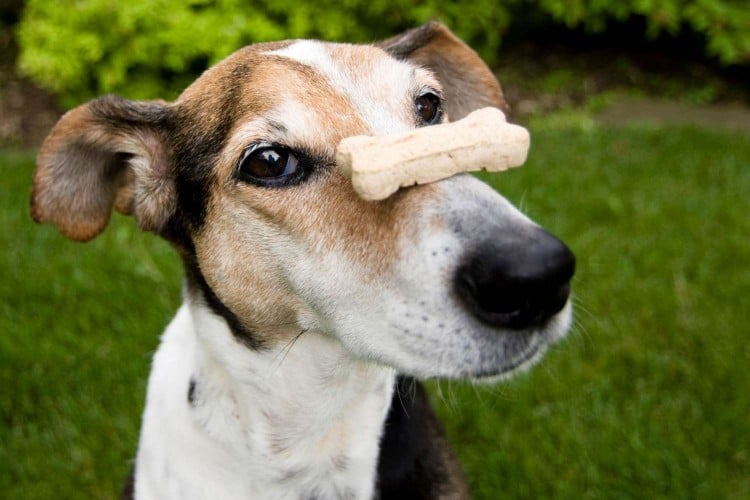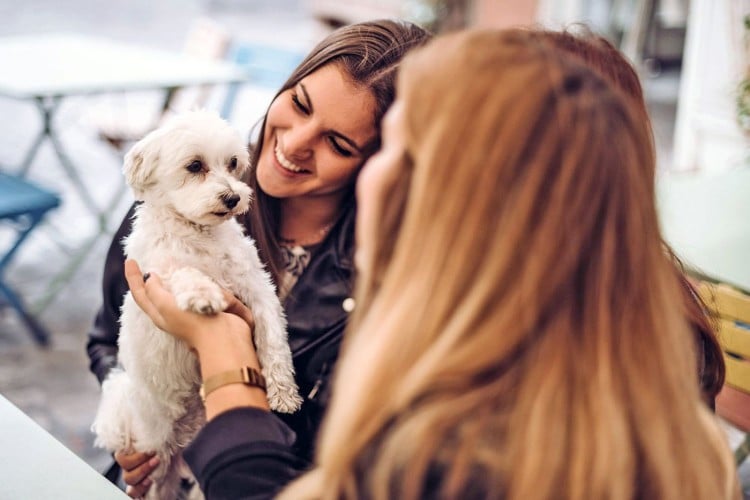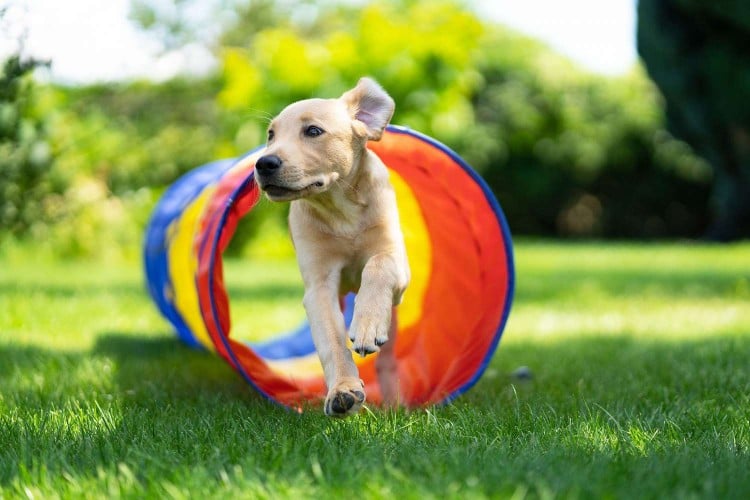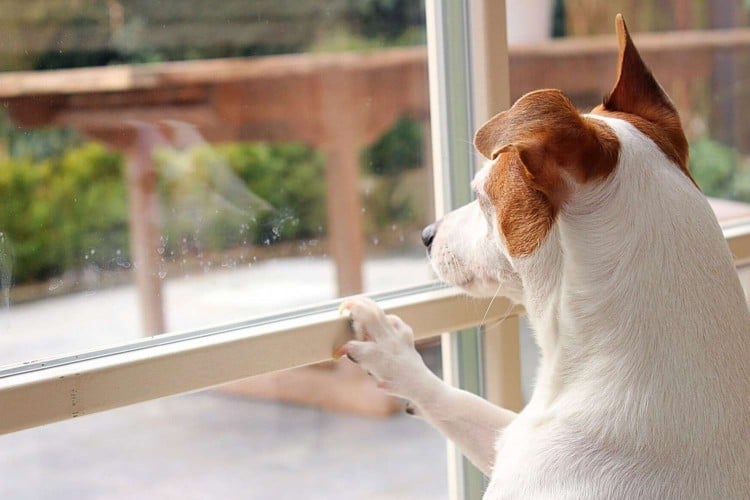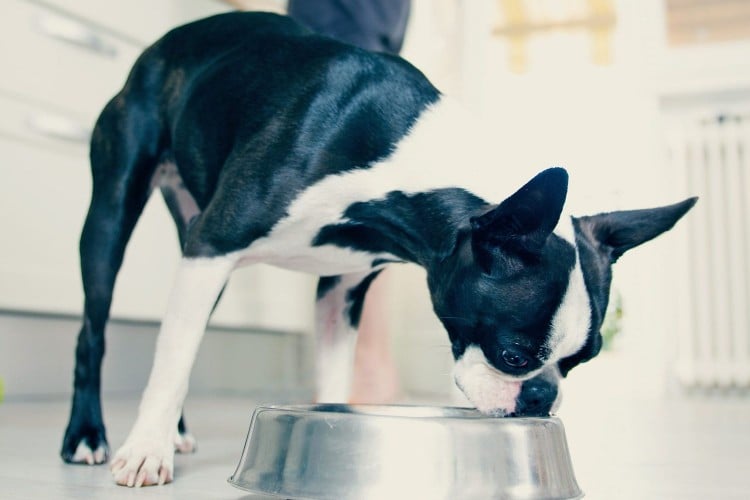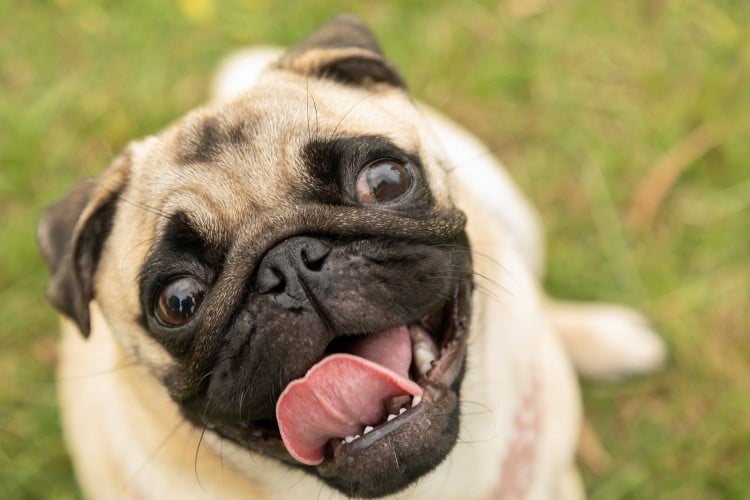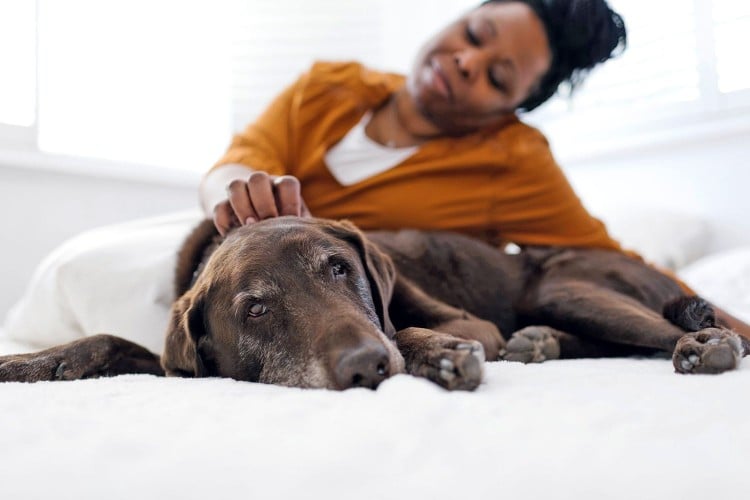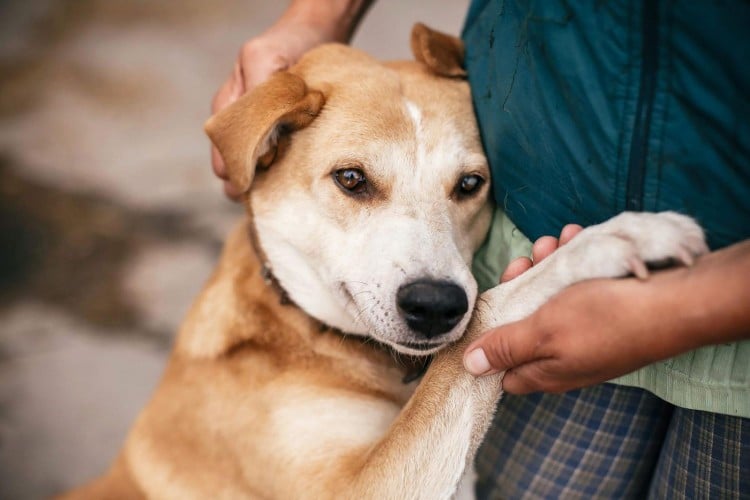Recall, or to come when called, is a crucial skill every dog needs to know. Of all things for them to learn, a solid recall might be the most important—especially if you plan to go out in public with your dog, visit parks, or let your dog off leash in any scenario. When you first bring home a bouncing puppy, recall (and potty training) should be where you focus your attention.
It takes time, and consistency, to build a recall cue and ensure your dog can respond to it in all sorts of situations and locations (known as "generalizing" the cue). One of the most important factors in teaching this cue is making sure it's always a stress-free and fun experience. Sometimes owners accidentally teach their dog that the cue is a bad thing (known as "poisoning the cue"). This occurs most often when you use your dog's name or the cue for coming when called when you feel angry or are scolding your dog. Of course, you should never scold your dog—and especially don't do it when you need them to come back to you and fast. Make it fun, make it positive, make it something you and your dog enjoy practicing together.
Use this quick and easy guide to help you create a wonderfully helpful, and effective, recall.
Before You Get Started
Select Your Pup's Favorite Treat
A great reinforcer is something your dog loves, is small, and easy to provide. For dogs of any size or breed this is some kind of food or treat. Cut-up hot dogs, small pieces of cheese or lunch meat, store-bought training treats, or even veggies like carrots or green beans (for the veggie loving pup) are all good options. Make sure you pick what your dog loves best and don't be afraid to switch it up as your training progresses.
Use a Marker
A marker (also a conditioned reinforcer) is a signal that literally marks the exact moment your dog did something that earned them that reinforcer. A clicker is a great example of an effective marker. If you don't have a clicker you can use word like "yes" but pick one word and stick to it. In this guide, we will use a clicker and wherever we say "click" you will use your marker. Click (or mark) the behavior the second it happens. See the behavior, mark the behavior, give a treat.
An Easy-Peasy Guide To Teach Your Dog Recall
01 of 041. Click for Attention
It might not seem obvious, but reinforcing your dog for moments of offered attention (your dog gives you attention without you saying or doing anything) is a critical first step in teaching your dog "come." Doing this helps your pup learn that when they offer up their attention, they will get access to some of their favorite things. Over time, your dog will be much more likely to pay attention, like when you need them to come, when doing so has a strong reinforcement history.
Sit or stand in front of your dog but don't say ask them to do anything. Click and treat when they look at you. Start to reinforce your dog for moments of attention throughout the day, when you are on walks, or at the beginning of any teaching session. The more you reinforce their offering of attention, the more they will give it.
Pro Trainer's Tip: When you're clicking for attention and building a solid recall, try not to overuse your dog's name. A dog's name, especially when you're teaching it, should be reserved for times when you really need them to pay attention—and fast. If you overuse it, or only use it when your dog is already paying attention to you (or when you are mad), it becomes white noise quickly or takes on a new, unpleasant meaning.
02 of 04
2. Toss a Treat and Click for Returning
With your dog standing or sitting in front of you, toss a treat away from you (make sure they see it). Let them eat it and the second they turn back toward you, click and give them another treat. Repeat this many times, varying the distance you throw the treat and whether your dog is off or on leash (and always in the safety of your home or a fenced-in area).
Pro Trainer's Tip: Start this game in your house and then gradually move to more distracting environments like your backyard.
03 of 04
3. Add the Verbal Cue "Come"
Building off step two, toss one of your dog's favorite treats a few feet away from you. Let your dog eat the treat and then when they turn around to face you and take a step toward you, say the verbal cue "come" and click and treat. Repeat this several times, always clicking when they start their approach and giving them a treat the second they reach you.
Pro Trainer's Tip: After several repetitions you can wait and click until they have completely returned to you instead of when they are beginning their approach.
04 of 04
4. Make a Game Out of It
You can easily make learning to come when called a fun game, especially for puppies. Ask a friend or family member to help you with this step. Both people should have some of your dog's favorite treats in their hand and a clicker. Stand 10 feet apart and begin by tossing a treat in the general direction of the other person. Once your dog eats the treat, the person closest to the dog should say "come." They may need to also make kiss noises, pat their leg, or pat the floor initially to get the dog's attention, encouraging them to come.
The moment the dog moves towards the person, that person clicks, and gives the treat when the dog arrives. Now the other person should say "come" and click the moment the dog comes towards them, then treat. Repeat this back and forth game several times until the dog immediately comes when you say the cue. Gradually add distance between the two people and always make sure to reinforce the dog.
Pro Trainer's Tip: Don't be stingy with treats! You should give your dog a yummy treat every time they come when they are first learning, even if the approach is slow.
Things To Consider When Teaching the "Come" Cue
Abide By Leash Laws
Always remember to observe leash laws and practice this cue with your dog on-leash whenever you are outside of your home or not in a fenced area. Recall is a necessary skill for your dog to understand, especially if they accidentally get away from you or find themselves not on leash or even lost. But leash laws come first and you should never allow your dog to be roaming freely, even for the purposes of training, while in public for the safety of your dog and others.
Don't Only Practice With a "Stay" Cue
Don't only practice teaching your dog to come when called in conjunction with a "stay" cue otherwise your dog will learn that "come" only occurs after they have stayed in a position for a certain period of time. It is alright to sometimes ask your dog to perform a stay cue and then walk away and ask them to come to you, but make sure this is not the only time you practice recall. It's important your dog learns that coming when called can occur in any scenario, with or without having to stay put first.
Your dog already loves to be nearby you but with time, patience, and lots of lots of positive reinforcement your dog will learn that coming when you call is an easy-peasy thing they love to do.

